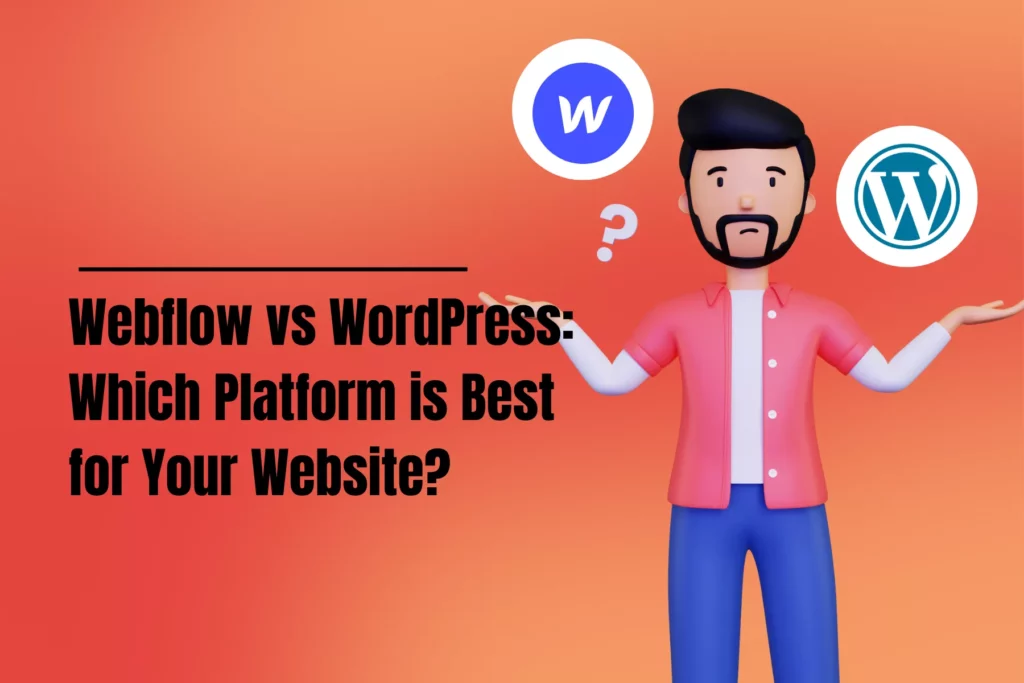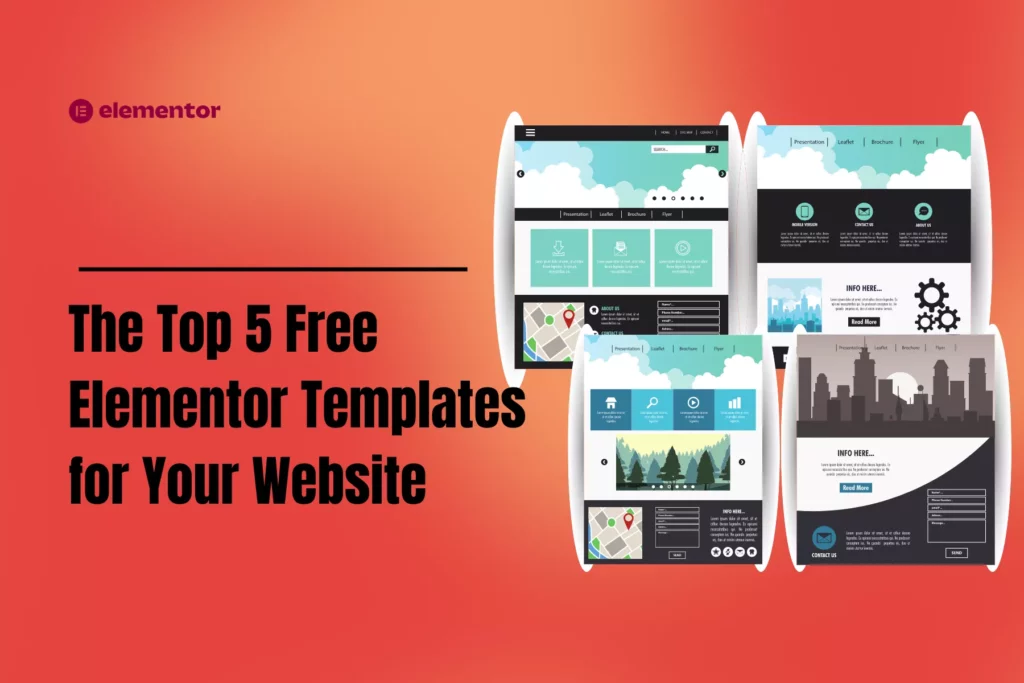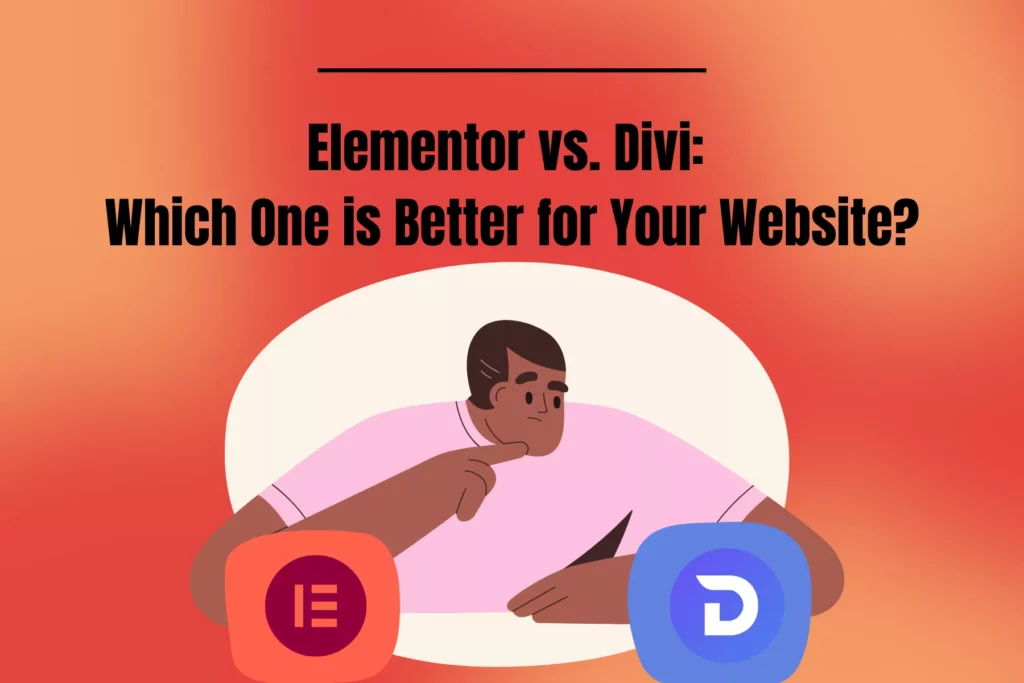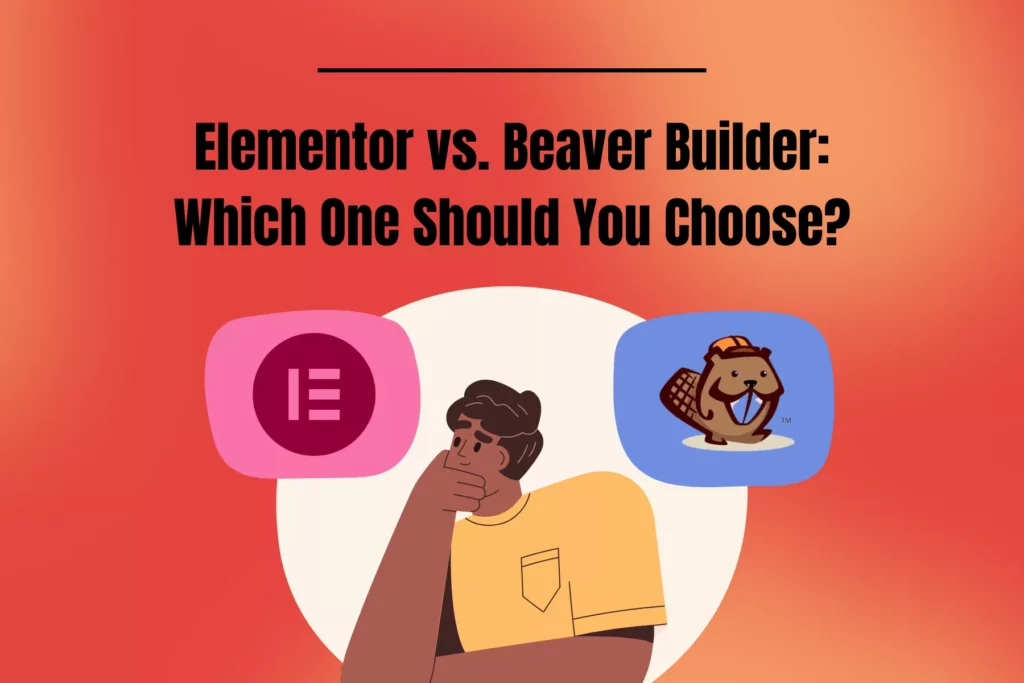In today’s digital world, having a website is super important for businesses and individuals who wanna make their mark online.
Webflow vs WordPress are two popular platforms that can help you do just that.Both of these platforms have a bunch of features and capabilities, which can make it kinda tough to figure out which one is the best fit for you.
In this post, we’re gonna break down the differences and similarities between Webflow and WordPress, giving you some useful info to help you choose the right platform for your website.
Ready to dive in? Let’s get you sorted!
What is WebFlow?
When comparing Webflow vs WordPress, it’s important to note that Webflow serves as a web design and development instrument, enabling the creation of visually appealing and adaptable websites without the necessity for programming expertise.
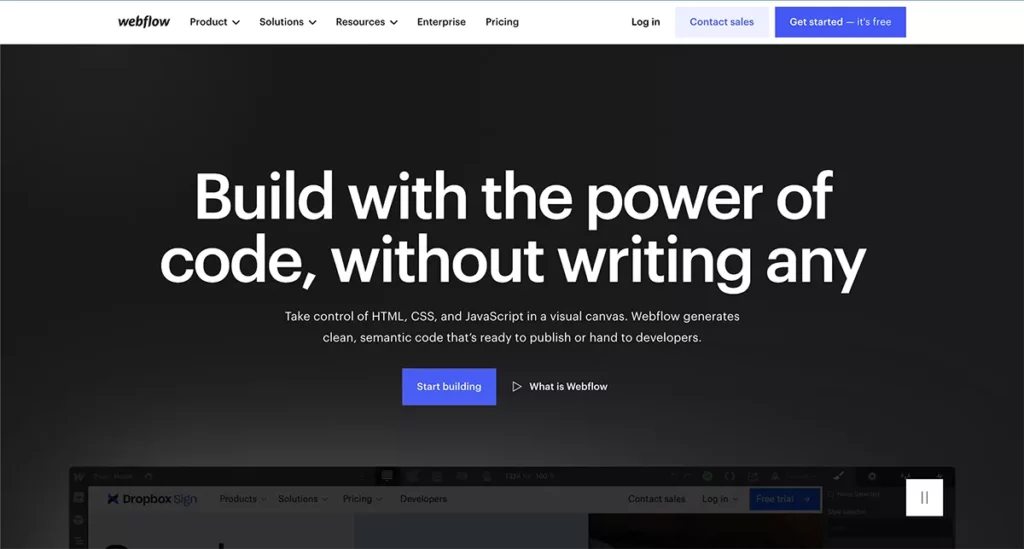
The strength of Webflow lies in its user-friendly visual editor, which makes it possible for individuals to design, build, and deploy tailor-made websites within the confines of their platform.
Features of Webflow
Webflow offers a wide range of features, including:
- Webflow Web Design enables visually-driven, responsive layouts with extensive customization options, clean code generation, and numerous features, including Flexbox, global swatches, and reusable Symbols, streamlining both design and development processes.
- Webflow Motion Design: Discover a revolutionary tool for seamless 3D CSS transformations and complex animations in web design, without requiring any coding expertise.
- Webflow CMS offers a powerful REST API, seamless integration with Zapier, dynamic SEO and content management features, customizable templates, and intuitive editing. It enables easy collaboration with clients, CSV export, pagination, related content tools, and RSS feed generation, enhancing website functionality and user experience.
- Webflow Components enhance website building with customizable forms, easy navigation, and engaging features like sliders, background videos, and interactive maps. Experience seamless creation of visually appealing sites with versatile options like lightboxes, responsive navigation, and social sharing components.
- Webflow provides SEO, UX, and accessibility enhancements such as easy alt tag addition, auto-generated XML sitemaps, customizable Open Graph settings, and optimized meta titles and descriptions. Enjoy a search engine-friendly platform with clean code, fast loading times, and mobile responsiveness, letting your content stand out.
- Webflow provides integrations with Google Analytics, Google Domains, Google Optimize, MailChimp, and Zapier, enabling enhanced functionality and streamlined tasks for designers.
- Webflow delivers fast hosting, easy redirects, daily backups, automatic updates, and password protection. It allows for search functionality, secure publishing, file uploads in forms, and custom domain usage for a comprehensive web solution.
- Webflow provides support options such as direct contact with their team, priority support for certain plans, a community forum, and a Help Center with tutorials.
Pros and Cons of Webflow
Pros: 👍
An easy-to-use and robust visual editing interface is a notable benefit, allowing individuals to effortlessly build and personalize their websites.
The adaptability to various screen sizes and devices is another advantage, as it guarantees an excellent user experience.
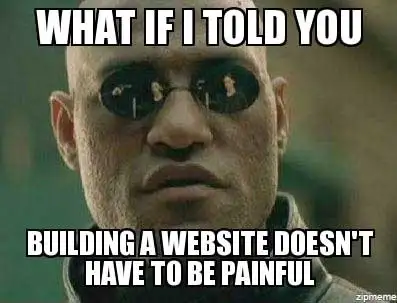
The platform offers an extensive selection of tools and features that cater to different needs, making it simple to create a distinctive and polished website.
Moreover, users don’t need to possess any coding knowledge, making the platform user-friendly for people with limited technical expertise.

Cons:👎
However, the platform has a more challenging learning curve compared to WordPress, which might be daunting for novices.
Additionally, the higher cost of subscription plans may discourage potential users, especially those with budget constraints.
Finally, the fewer template options compared to WordPress could be viewed as a limitation, as it may reduce the diversity and customization possibilities for users. This might lead to less inventive and unique website designs compared to those crafted on other platforms.
What is WordPress?
WordPress is an open-source content management system (CMS) that allows you you to create and manage websites easily. It’s the most popular CMS in the world, powering over 40% of all websites.
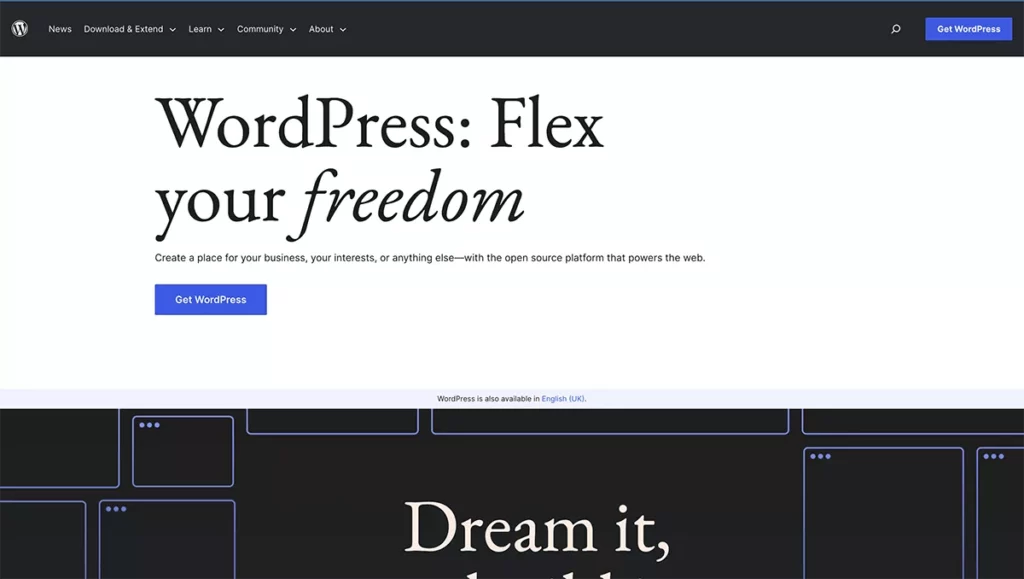
WordPress offers a wide range of themes, plugins, and customization options, making it suitable for various types of websites.
Features of WordPress
Let’s now focus on some key aspects of WordPress:
- Simplicity: Easy online publishing, quick website setup with WordPress
- Flexibility: Create various website types, customize with themes and plugins
- Publish with Ease: User-friendly content creation, similar to document editing
- Publishing Tools: Manage drafts, schedule posts, review revisions, control privacy settings
- User Management: Different access levels for various website roles
- Media Management: Drag-and-drop media uploader, basic image editing tools
- Full Standards Compliance: W3C compliant code for browser compatibility
- Easy Theme System: Thousands of themes available, simple theme installation
- Extend with Plugins: Expand functionality with numerous plugins
- Built-in Comments: Engaging space for discussion and moderation
- Search Engine Optimized: SEO ready, additional plugins for enhanced control
- Multilingual: Over 70 languages available
- Easy Installation and Upgrades: One-click installers, simple FTP installation
- Importers: Transition from other platforms with import tools
- Own Your Data: Complete control over content and data
- Freedom: GPL licensed, allowing for unrestricted use
- Community: Active, supportive community for assistance and learning
- Contribute: Get involved in various aspects of WordPress development
- Developer Features: Plugin and theme systems, application framework, custom content types
Pros and Cons of WordPress
Pros: 👍
One of the key benefits of using a customizable platform like WordPress is the ability to adapt it to one’s specific requirements and tastes.
This adaptability is bolstered by a vast collection of plugins and themes, allowing users to integrate a variety of features and functions while also crafting a visually distinct and attractive design.
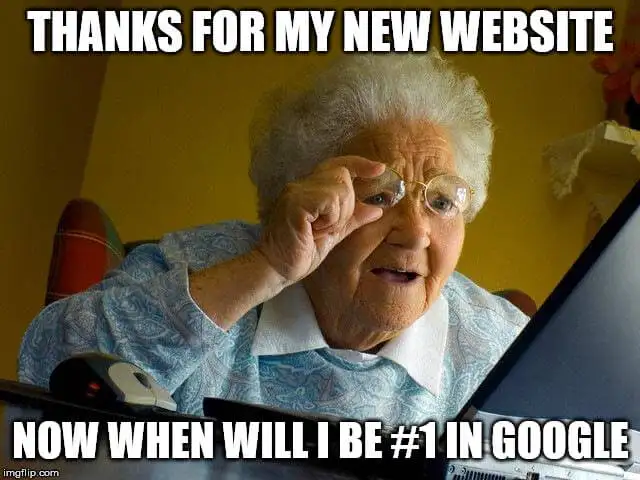
A sizable community of users and support options further strengthens WordPress’s appeal, as they offer essential resources, guidance, and insights on optimizing and resolving any issues that may arise.
Importantly, this type of platform can be especially cost-efficient for smaller businesses, providing an economical way to establish a polished and functional online presence.
When comparing Webflow vs WordPress, WordPress stands out as a more versatile and customizable option, thanks in large part to its extensive library of plugins and themes. This makes it a popular choice for businesses and individuals looking to create a unique online presence.

Cons: 👎
On the flip side, there are specific disadvantages to consider when utilizing WordPress. Customizing the platform to maximize its potential often necessitates programming know-how, which may pose a problem for those who lack technical expertise or are new to the platform.
This limitation could hinder users’ abilities to take full advantage of what WordPress has to offer and may result in seeking the help of a professional developer.
In addition, the numerous intricacies of WordPress can be intimidating for novices, making it tough to navigate and grasp the wide array of features it provides.
It is crucial to acknowledge that continuous updates and maintenance must be carried out to ensure the website or application runs smoothly and securely. This process can be both time-consuming and demand substantial dedication of effort and resources.
Given these shortcomings of WordPress, some users might find Webflow to be a more appealing alternative in the Webflow vs WordPress debate. Webflow offers a more visually-oriented and intuitive interface, enabling individuals with little to no coding experience to design and create websites with relative ease.
Moreover, Webflow incorporates built-in tools for website maintenance and updates, which can be a significant time-saver when compared to the manual upkeep necessary for WordPress.
In the comparison of Webflow vs WordPress, this factor may sway users towards choosing Webflow as their preferred platform.

Webflow vs WordPress: Design and Customization
Design Options in Webflow
Webflow offers a wide range of design tools and features, allowing you to create custom, responsive websites.
The visual editor lets you design websites from scratch or use one of their pre-built templates.
With Webflow’s design tools, you have complete control over the layout, typography, colors, and more.

*Photo by Webflow
Design Options in WordPress
WordPress offers thousands of free and premium themes, making it easy for you to find a design that suits your needs.
However, for advanced customization, you’ll need to have some coding knowledge or use a page builder plugin.
This can be challenging for beginners and may require additional time and resources.
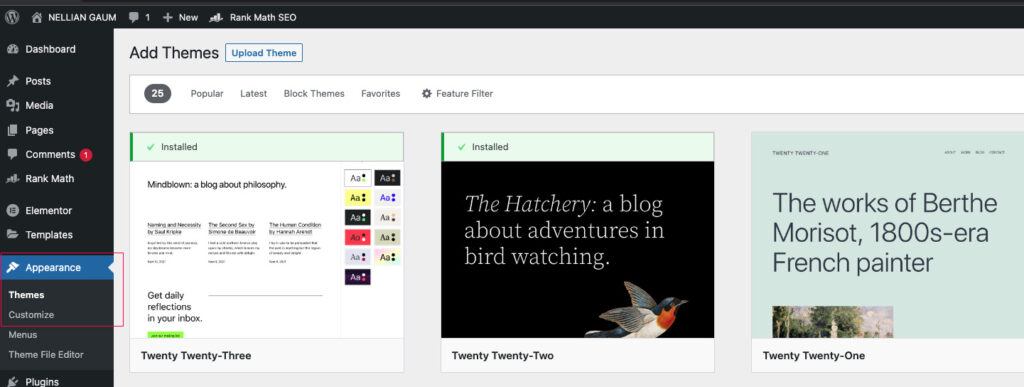
Webflow vs WordPress: Ecommerce Capabilities
Webflow's Ecommerce Features
Webflow has built-in e-commerce capabilities, allowing you to create and manage online stores without any additional plugins.
The platform supports various payment gateways, inventory management, and customizable product pages.
However, the e-commerce features are only available on higher-tier plans, which can be expensive for small businesses.
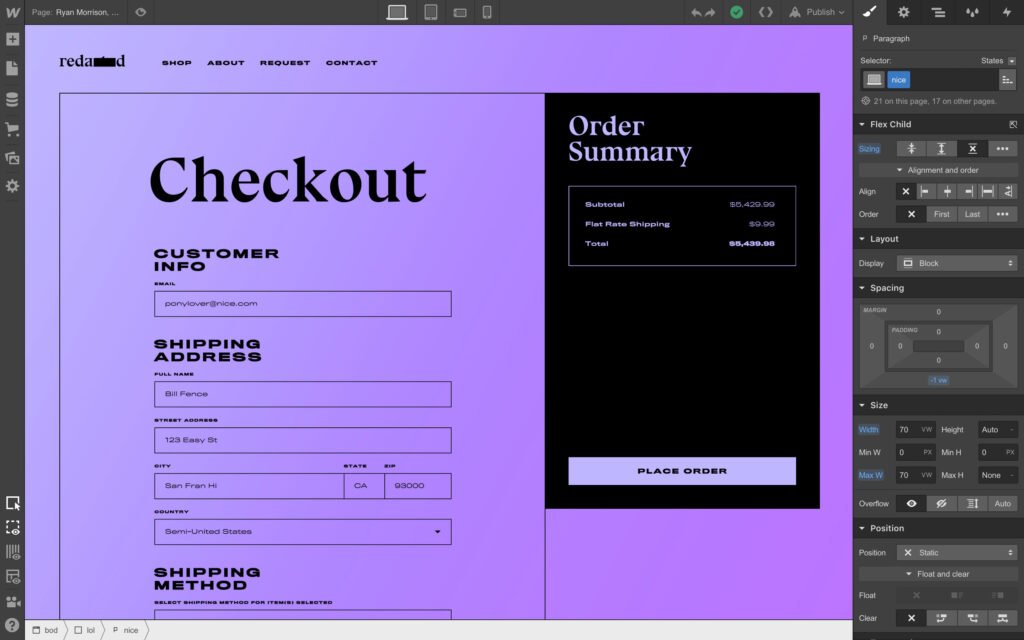
*Photo by Webflow
WordPress's Ecommerce Features
WordPress, with the help of plugins like WooCommerce, can be turned into a powerful e-commerce platform.
WooCommerce is a free plugin that allows you to create an online store, manage inventory, and integrate with various payment gateways.
With a wide range of WooCommerce themes and extensions, you can create a fully customized online store.
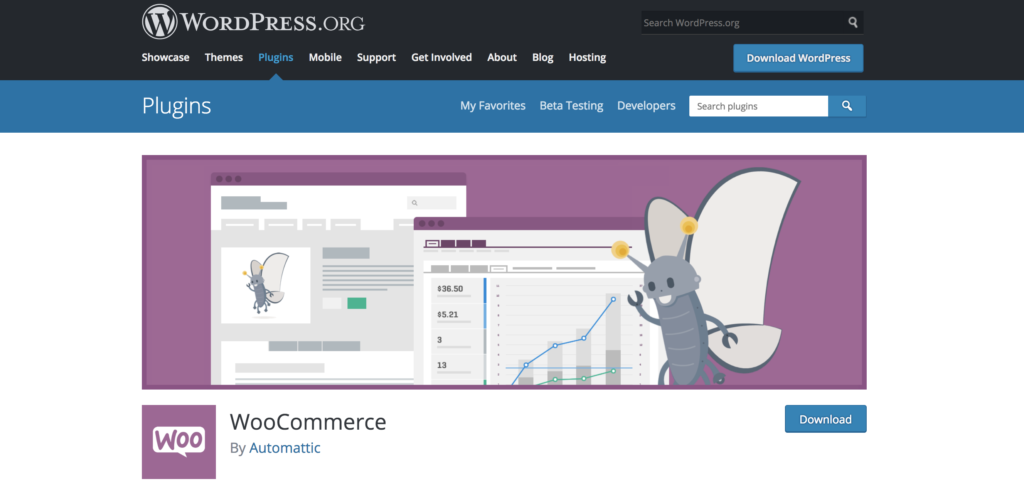
*Photo by Woocommerce
Webflow vs WordPress: SEO and Marketing
Webflow vs WordPress are both popular website-building platforms, each with unique SEO and marketing features.
Webflow’s intuitive interface allows designers to create visually appealing websites without coding knowledge, and it includes built-in SEO features such as automatic XML sitemaps and customizable URLs. However, Webflow mainly focuses on design, potentially limiting its SEO options compared to WordPress’s vast array of plugins and themes.
On the other hand, WordPress is a highly adaptable platform offering extensive SEO and marketing tools through plugins like Yoast SEO and All-in-One SEO. However, the effectiveness of a WordPress site’s SEO and marketing depends on the chosen plugins, themes, and proper configuration.
Ultimately, the choice between Webflow vs WordPress depends on individual needs, preferences, and technical expertise.
Webflow vs WordPress: Pricing and Plans
Webflow Pricing
Webflow offers several pricing plans, starting with a free plan that has limited features.
Their paid plans range from $18 to $48 per month for standard websites and $42 to $235 per month for e-commerce websites.
These plans come with additional features such as custom domains, CMS capabilities, and e-commerce functionalities.
WordPress Pricing
WordPress itself is free to use, but you’ll need to pay for hosting and a domain name.
Hosting prices can vary, but you can find affordable options starting at $3 to $10 per month. Premium themes and plugins can also add to the cost.
However, overall, WordPress can be a more cost-effective solution for small businesses and individuals.
Final Verdict
When comparing Webflow vs WordPress, these two remarkable website-building platforms cater to diverse needs and skill sets.
Based on personal experience with both, I’d like to provide insights that may assist you in determining the best fit for you in the context of Webflow vs WordPress.
I have experimented with Webflow and discovered that it excels in creating visually impressive, responsive websites without any coding knowledge required.
However, I did encounter some challenges in navigating the settings and grasping specific options within the editor. Despite these obstacles, I am excited to continue learning about Webflow and unlocking its full potential.
Conversely, I have utilized WordPress for many years and have been thoroughly pleased with the platform. It has been my preferred choice for a variety of projects, owing to its adaptability and the vast assortment of themes and plugins available.
While some coding expertise may be needed for more intricate customizations, I have found that the learning process is quite manageable, making the platform suitable for both novices and seasoned users.
In conclusion, when weighing Webflow vs WordPress, each platform boasts distinct benefits and limitations. Webflow is ideal for individuals who value design and prefer a coding-free experience, whereas WordPress provides increased flexibility and customization options for those willing to delve into some coding.
Ultimately, the most suitable choice depends on your specific requirements, budget, and technical abilities. It’s essential to thoroughly investigate both platforms before deciding and select the one that best aligns with your objectives and preferences.
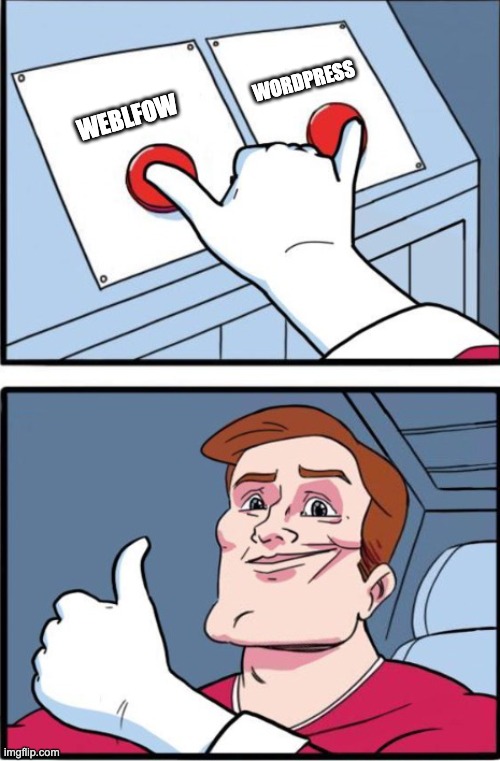
Frequently Asked Questions
Yes, it’s possible to switch between Webflow and WordPress, but the process can be complex and time-consuming. You’ll need to migrate your content and design elements manually, which may require coding knowledge.
Webflow’s visual editor and design tools make it an excellent choice for designers who want to create custom websites without coding. However, designers familiar with coding may still find value in WordPress’s customization options.
Both platforms offer built-in SEO tools, but WordPress has a wider range of SEO plugins available, providing more advanced features and analytics.
Yes, both Webflow and WordPress can be used to create e-commerce websites.
Webflow has built-in e-commerce features, while WordPress requires the use of plugins like WooCommerce.
